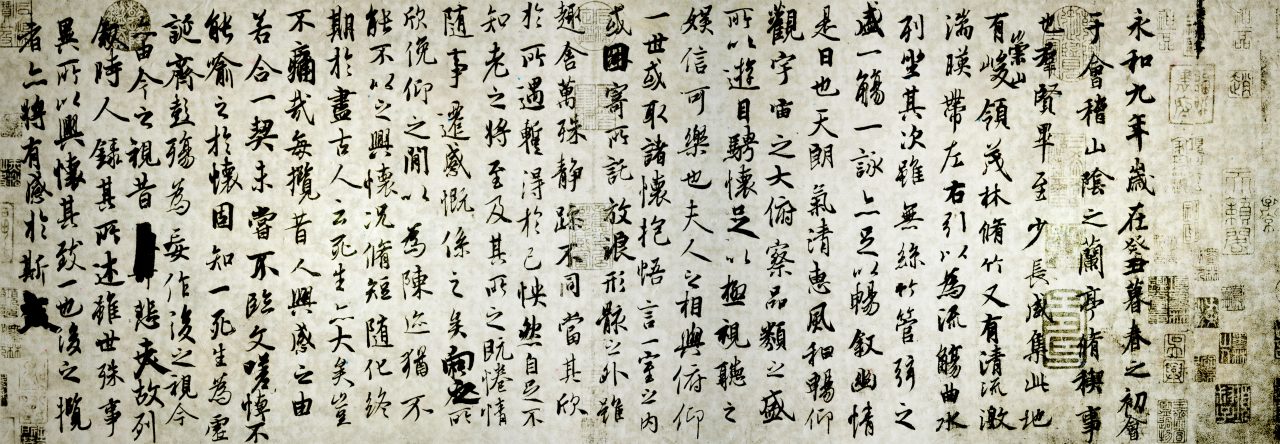A 25 year old female Qīng Huá University student presented at the clinic on October 16, 1965: For the last four to five months she has been experiencing dizzy head and vision, accompanied with nausea, flusteredness, inability to eat, and difficulty reading. A western medical doctor diagnosed her condition as Meniere’s disease, and administered medications which were ineffective. Her blood pressure was normal, she had a dry mouth with no desire to drink, a desire to sleep, a lack of strength, but with no problems moving, and her cycle had arrived late but was slightly scanty. She had a white tongue coat with a slippery root, and her pulse was deep, thin and wiry.
This is a pattern of blood vacuity with water exuberance. She was administered Dāng Guī Sháo Yào Sǎn combined with Xiǎo Bàn Xià Tǎng and Wú Zhū Yú.
Dāng Guī 3 Qián
Bái Sháo 3 Qián
Chuān Xiōng 2 Qián
Cáng Zhú 3 Qián
Zé Xiè 5 Qián
Fú Líng 3 Qián
Bàn Xià 5 Qián
Shēng Jiāng 4 Qián
Wú Zhū Yú 3 Qián
Results: After taking three packages of the formula, her symptoms resolved completely.
Commentary: In this case the blood vacuity was pretty obvious which is why Dāng Guī Sháo Yào Sǎn was administered. This was coupled with yang vacuity of the stomach with counterflow of thin mucus, so Xiǎo Bàn Xià Tǎng and Wú Zhū Yú were used in combination.
Case #2
On October 3, 1977, a 19 year old female student presented at the clinic:
Originally the patient first experienced dizziness, tinnitus and deafness for two months. A local hospital diagnosed her with Meniere’s syndrome, and she was treated with a combination of western and Chinese medicines to no avail. She had already taken two months off her schooling, and it was at this point that her parents called for Dr. Hú to treat their daughter. At the time of the consultation she had been experiencing dizziness to the point where she was unable to get up, and when she opened her eyes, the dizziness would get worse. Her tinnitus and deafness were still present, and she also had a dry mouth with no desire to drink, occasional chest fullness, flusteredness, a thick, white tongue coating, and a deep, thin pulse.
This is cold thin-mucus attacking the upper, and obstructing the clear orifices. Treatment should involve warming the centre and transforming mucus, with Líng Guì Zhú Gān Tāng.
Fú Líng 6 Qián
Guì Zhī 3 Qián
Cáng Zhú 3 Qián
Zhì Gān Cǎo 2 Qián
Follow up consultation on October, 12: After taking six packages of the formula, her dizziness had resolved, and both the tinnitus and deafness had improved significantly. Guì Zhī was increased to 4 Qián, and Fú Líng was increased to 8 Qián.
Third consultation on October, 20: After another six packages of the formula were taken, all the symptoms had resolved. Because she was frightened of having a relapse of her condition, she requested more of the same formula in order to consolidate the treatment, but was advised that further treatment was unnecessary.
Commentary: This case was caused by the exuberance of interior cold thin-mucus, and when these fluids attack and surge into the upper body, the representative formula is Líng Guì Zhú Gān Tāng. This formula’s function is to warm the centre, transform thin-mucus and downbear counterflow and because this presentation fit this formula’s pattern perfectly, modifications were unnecessary, and quick resolution was attained.


Eran-Does Hu Xi Shu routinely substitute cangzhu for baizhu? Or is it particular to these cases? Thanks.-Steve
Hey Stephen,Funny you should ask this question, as I have been recently pondering this exact issue. It is my understanding that there was no differentiation between Bai and Cang Zhu in the Han dynasty (please correct me if I'm wrong), so I sometimes wonder which one was intended in ZZJ's work. Looking back into several of Dr. Hu's cases, he would routinely bounce back and forth between the two, but would definitely use Cang Zhu more when there was very evident and substantial fluid accumulations (which I guess does make sense). This was something I wanted to ask Dr. Huang in Seattle recently, but never got around to. Bummer!!
My opinion is that rheum is a much better translation for 飲yin, especially when you mention 'transforming mucus' later on. . . it leads to confusion distinguishing between phlegm and mucus which to the average person means the same thing. .
As far as the translation for 饮 goes, i do still get torn between rheum and thin-fluids. Not sure which I prefer, as neither one really resonates with me. I believe that when I translated this case, I was working on a piece for the Lantern, and they prefer the term thin-fluids. I am currently working on 2 books, one which uses Wiseman terminology and the other Eastland terms. This can most certainly get confusing for a translator, and makes for a good argument towards one standard terminology. I agree that for the average person, phlegm and mucus means the same, but I hope that practitioners can decipher between the two meanings. Maybe this should become one of the terms that stays in pin yin?Thanks for the comment Z'ev.
Rheum is more suitable, as it is a technical term for the loose, pathological fluids that collect in the chest cavity. Just putting 'yin' in pinyin is confusing for those folks who identify yin with 陰, or for those with chinese language skills who are not CM physicians, translating 饮 as 'drink' or 'beverage'. Just saying. . .
You're right, writing it out simply as 'yin' would be confusing and could be misconstrued as 阴, or even as drink (not sure why I didn't think of that when commenting). With the translation of this term there is definitely more of a flow when writing phlegm-rheum, as opposed to phlegm-thin fluids.